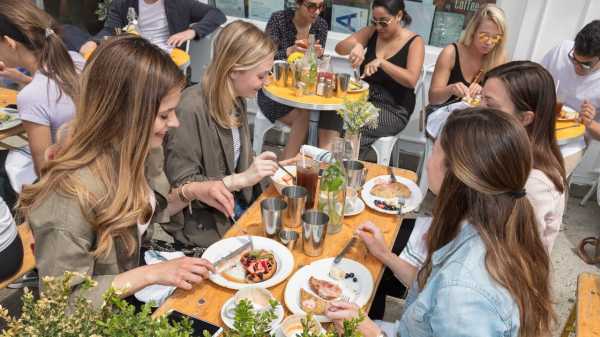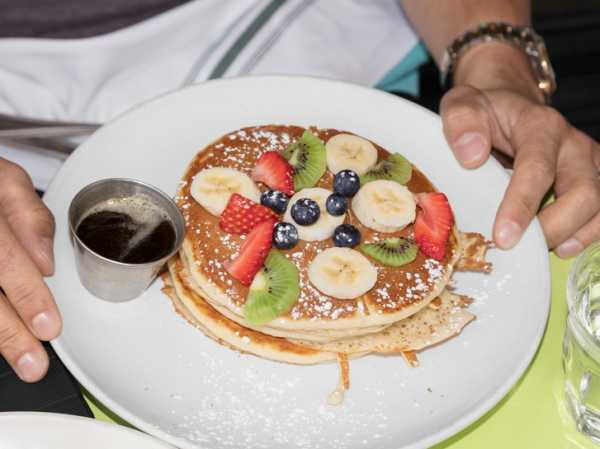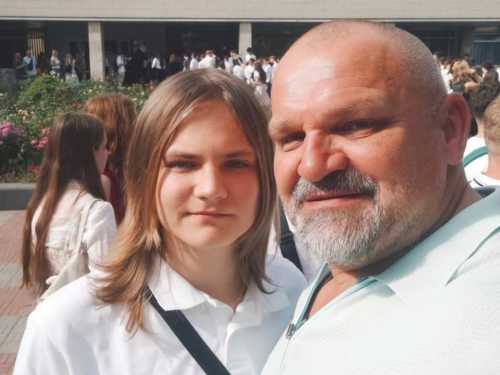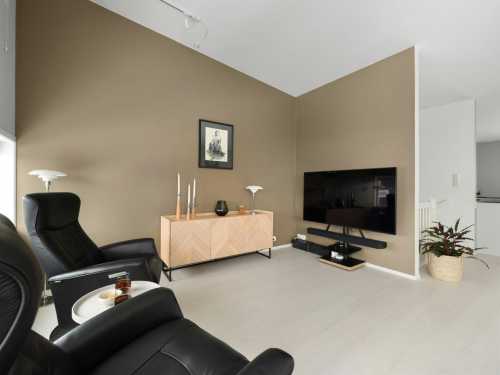
As with so many things in this fickle world, it’s hard to keep track of what we’re supposed to think about brunch. On the one hand, it’s become commonplace to look upon the meal with scorn: it’s basic, it’s vulgar, it’s for suckers. “Brunch is Gay,” a coffee mug sold at the ironic New York dishware store Fishs Eddy reads; “Brunch Is for Jerks,” a Times Op-Ed declares. Even Mariah Carey noted recently, on Twitter, that when a friend called and asked her to do brunch she responded, “Come on.. I don’t do brunch,” and “suggested linner instead.” “On some deep, instinctive level, you sense the malignancy of brunch,” the authors of the pro-dinner-party manifesto “Brunch Is Hell” write in their book’s introduction. “Perhaps you’re in a bookstore, scanning these words through a post-brunch mimosa fog, your wallet lightened by eighteen bucks wasted on two eggs and a piece of toast. Your belly is full, yet you feel empty. Spiritually empty.”
Yet, by other measures, we seem to be in the midst of a brunch revival—what Grub Street recently termed a new “golden age.” Restaurants like abcV, Roman’s, and Chez Ma Tante are serving innovative dishes designed to “win over even the strongest brunch skeptics”: coconut yogurt with pistachio granola, baked egg with collard greens alla’amatriciana, revamped kedgeree, and, on the lauded new brunch menu at Olmsted, in Prospect Heights, a classic B.E.C. reimagined as an egg roll. There has been a recent proliferation of all-day cafés, establishments that hew to brunch’s free-spirited blurring of conventional meal boundaries. It can seem as though the nation is irreparably divided between those who consider brunch—like rosé or cupcakes—too cheap a punchline to warrant the joke, and others still willing to line up dutifully for hours in order to eat and photograph it. As Carrie Bradshaw might have put it, after a late-nineties Sunday-brunch recap with the girls, I couldn’t help but wonder: How did an innocuous meal of eggs and breadstuffs become the focus of so much controversy?
In fairness, brunch has always been somewhat divisive. It was first cited in Hunter’s Weekly magazine, in 1895, to describe a meal for newspapermen and other “Saturday-night carousers” too raffish, apparently, to hew to respectable mealtimes. The English writer Guy Beringer wrote of the nascent portmanteau, “Brunch is cheerful, sociable and inciting. It is talk-compelling. It puts you in a good temper, it makes you satisfied with yourself and your fellow beings, it sweeps away the worries and cobwebs of the week.” Not everyone was sold. In 1951, Emily Post complained that the very word “brunch” “has a hurried lunch-wagon suggestiveness,” and “calls to mind standees at a lunch counter but not the beauty of hospitable living.” In conclusion, “luncheon or lunch, never brunch.”
With the advent of the yuppie, who, in the late sixties, took to sipping mimosas in fern bars from coast to coast, brunching suggested a new way of cosmopolitan living: a Sunday church of conversation and food at the swinging Maxwell’s Plum or Henry Africa’s rather than whatever uptight doctrine their narrow parents had subjected them to. In these halcyon post-sexual-revolution years, brunch brought a gloss of adult civility to the activities of the night before—though that gloss has perhaps faded over time. In the modern brunch era, it has become common to see ashen-faced couples waiting in line on a Sunday morning, swigging Gatorade; as the food writer Jeff Gordinier put it, “Brunch is the gastronomic version of the walk of shame.”

Photograph by Chris Maggio for The New Yorker
Of course, when I was first introduced to brunch, as a child, these subtleties were lost on me. This was in the brunch Stone Age of the nineteen-eighties. When I picture it, it’s as a montage of dubious eggs Benedicts and Shirley Temples in dark pubs that all smelled vaguely of wet rag—and whose ice water, in those amber-shaded plastic cups, always tasted slightly of bleach. Sometimes there was a free basket of cold, flaccid popovers. I thought it was fabulous: the apex of chic. It wasn’t until my early twenties that I learned there was cause to be ashamed. The apple that robbed me of my innocence was “Kitchen Confidential,” in which Anthony Bourdain explained not only the brunch tricks employed by disaffected and hungover chefs—straining table butter to make hollandaise that then sat around breeding bacteria—but a certain scorn for the dupes who lined up to spend twenty dollars on a meal that cost mere cents and the week’s leftovers to prepare.
“As a chef, I saw it as a devil’s bargain in that it was irresistibly profitable but came at the cost of an unhappy kitchen staff,” Bourdain told me recently, by e-mail. “As a customer on my days off, I hated it because it was crowded, and my hate was only enhanced by my knowledge of the actual food costs versus the inflated menu prices. Later, as an unemployable drug addict, The only jobs I could get were as a brunch specialist (because no one else at good restaurants wanted to cook eggs) which is why the smell of home fries will always smell like shame and defeat to me.” He added that “access to unlimited mimosas seems to invite a crowd inclined to all varieties of douchery.”
A couple of years ago, a clip made the rounds that did nothing to dispel brunch’s association with douchery: an iPhone video, taken by the furious neighbor of a Flatiron District establishment serving “bottomless brunch,” which portrayed patrons variously vomiting, punching each other, falling into stupors, and bragging about their families’ real-estate holdings. As Brendan Francis Newnam, a co-author of “Brunch Is Hell,” explained, the meal is emblematic of a larger problem of arrested development: “In college, you just roll into a dining hall and can get waffles any time of day. And that ethos seems to continue with a lot of young adults,” he said. “It’s really about the permanent adolescence of the American human, and I’m not sure that’s great for us as a society.”
I can’t make any special claims to maturity. But then, for me, the appeal of brunch has never been the lure of bottomless mimosas, or the challenge of a tough reservation or even a creative menu. It’s that I find the clichés of the form reassuring. I like eggs and coffee, I love a pastry basket, and I enjoy the festivity of a weekend-only meal. As such, I have a handful of undistinguished restaurants that I visit, free of lists and hype, where I can read through the Sunday papers and nosh on my home fries in peace, without a long queue of prospective diners staring angrily at my empty plate. Only the other day, from my regular window table at a neighborhood French restaurant where the only juice color is orange, I watched in wonder as dozens of people assembled across the street for their chance to drink and photograph a celebrated Bloody Mary garnished with a small hamburger, three tater tots, and a pickled jalapeño. A few blocks south, sophisticates were indulging in an avocado-toast dosa with argan oil. We’d all emerge from our brunches feeling superior, in our different ways—the one immutable of life in New York.
Sourse: newyorker.com






